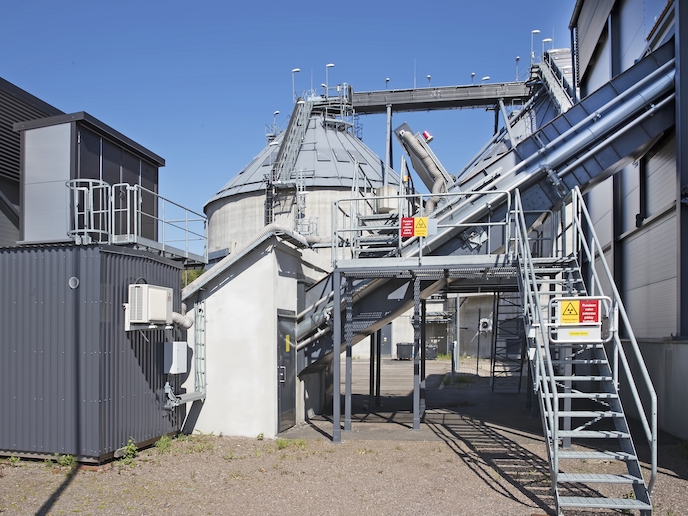Exploiting available land to promote sustainable bioenergy in Europe
Bioenergy will play an important role in meeting EU climate targets. For example, the Renewable Energy Directive has established that 32 % of Europe’s energy production shall come from renewable energy sources until 2030. To meet these and other climate goals, bioenergy must be produced sustainably. The availability of sustainable biomass resources is a key prerequisite for further developing advanced biofuels and penetrating the market.
MUC lands, a viable option in producing bioenergy
One effective measure to support sustainable bioenergy expansion is using marginal, underutilised and contaminated (MUC) lands to produce biomass. For the most part, these lands cannot be used anymore for food/feed production or for recreational and conservation purposes. However, in some cases, MUC lands have the potential to produce biomass feedstock that is suitable for bioenergy production. Furthermore, using these lands for biomass production could have several positive environmental and socioeconomic benefits. These include restoring soil productivity, increasing biodiversity, promoting rural economic development and boosting household income.
Sustainability tool for bioenergy production
To expand the production of sustainable biomass and bioenergy, the EU-funded BIOPLAT-EU project developed a digital platform. It mainly incorporates a tool that uses global information system (GIS) maps. Available in English, French, German, Hungarian, Italian, Romanian, Spanish and Ukrainian, this web-based GIS tool visualises MUC lands on an interactive map that covers Europe and neighbouring countries. Relevant stakeholders, such as farmers, landowners and investors, can search MUC land plots and discover what type of biomass can be grown on them. To decide whether to proceed or not, they assess a set of environmental (e.g. soil quality), social (e.g. bioenergy sector jobs) and economic (e.g. net energy balance) sustainability indicators for selected bioenergy value chains. “This mapping provides first insight into the value chain’s viability and sustainability performance and serves as a support tool for decision making,” explains Rainer Janssen of WIP Renewable Energies, the German renewable energy consultancy company that coordinated BIOPLAT-EU. “The actions can be performed online without the need for extensive research, expertise or funding.” A how to manual, video and online Helpdesk are available for assistance.
Valuable information on European-wide availability of MUC lands
Project partners carried out an assessment to test the web-based GIS tool’s ability to find suitable MUC lands for sustainable oil crop production in Europe. “When combining the tool’s information on MUC lands and the crops’ suitability, there is a lot of potential throughout Europe, especially in the eastern and southern parts,” states Janssen. The results showed that the tool is technically applicable and simple to use for mapping potential value chains. Prospective MUC areas for oil crop production can be found for market actors who want to evaluate further their options and start developing more comprehensive bioenergy value chains. The pan-European assessment found rapeseed and sunflower oil to have the most potential. “For the first time, a concise, user-friendly overview of MUC lands throughout Europe became available based on scientific data,” concludes Janssen. “Thanks to BIOPLAT-EU, end users can take advantage of the tool and explore opportunities to develop value chains for sustainably producing biomass on these lands.”
Keywords
BIOPLAT-EU, bioenergy, MUC, MUC land, biomass, GIS, marginal, underutilised, contaminated, global information system







